Editor's Note
In 2016, we published a story on Brooklyn-based chef, culinary instructor and food writer, Chitra Agrawal, and her company, Brooklyn Delhi, which produces a line of achaar inspired by her Indian heritage.
Brooklyn Delhi continues to expand its distribution, was recently named a Brooklyn-Made Award Winner by the Brooklyn Chamber of Commerce, and is currently a finalist in the Tory Burch Fellows Competition.
We checked in with Agrawal upon the recent release of her new cookbook, Vibrant India, from which she shared the following recipe for Life & Thyme readers.
In South India, coconuts are considered sacred. The fruit is an auspicious ingredient and often used in Hindu religious ceremonies or pujas. Coconuts are cracked open and offered up to gods during momentous occasions like weddings, welcoming a new child into a family, or even buying a home. The flesh of the coconut is then shared as a blessed food or prasadam.
My family on my mother’s side has roots dating back a century to the small farming village of Arakere in South India where coconut was a staple crop. It continues to grow in abundance on our lands to this day. In my parents’ home in Bangalore we have several coconut trees. On visits back to India, my mother takes great care to grate fresh coconut and dry it on our roof for taking back to the U.S. This coconut is like gold to us and rationed out for only special occasions during the year so it lasts until our next visit back to Bangalore.
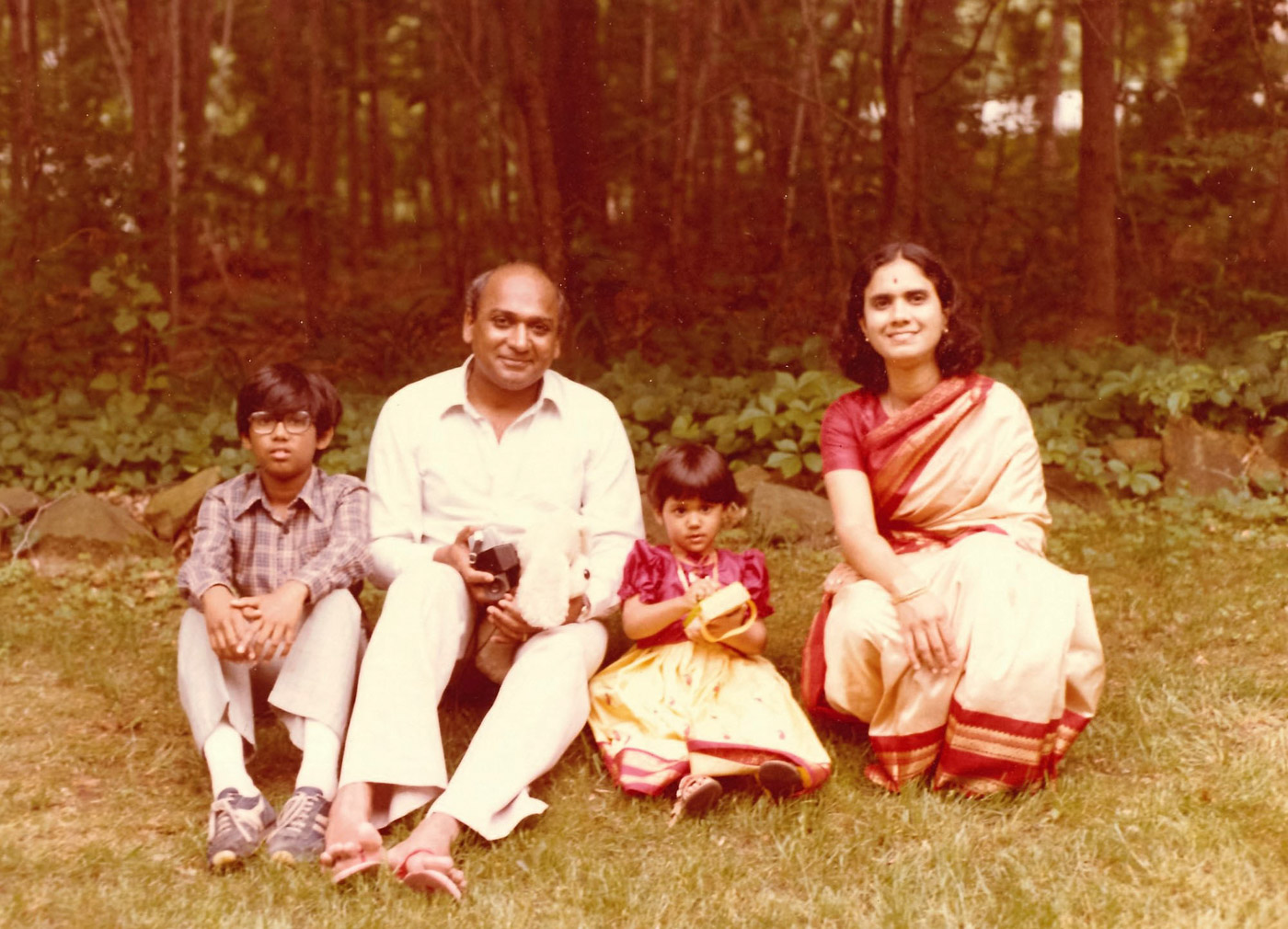
This coconut rice dish is my mother’s recipe and one she would prepare using coconut from our trees for festivals or holidays. I have kept her recipe unchanged with the exception of a couple of additions. To enhance the coconut flavor even further in the dish, I cook the rice and fry the cashews in coconut oil. In addition, I like to add bright red currants to the mix. They’re commonly used to make sweet dishes, but when I get a carton of them in our farm share, I end up throwing them into a number of savory dishes for a tart and sour burst. Currants compliment the sweet coconut well. They can be somewhat difficult to source during the rest of the year so sub in pomegranate for the red currants or leave them out to make a more traditional coconut rice.
This rice is perfect plain and great to carry to a picnic or potluck. It pairs well with a little bit of plain yogurt or yogurt raita and a spoon of achaar or Indian pickle mixed in.
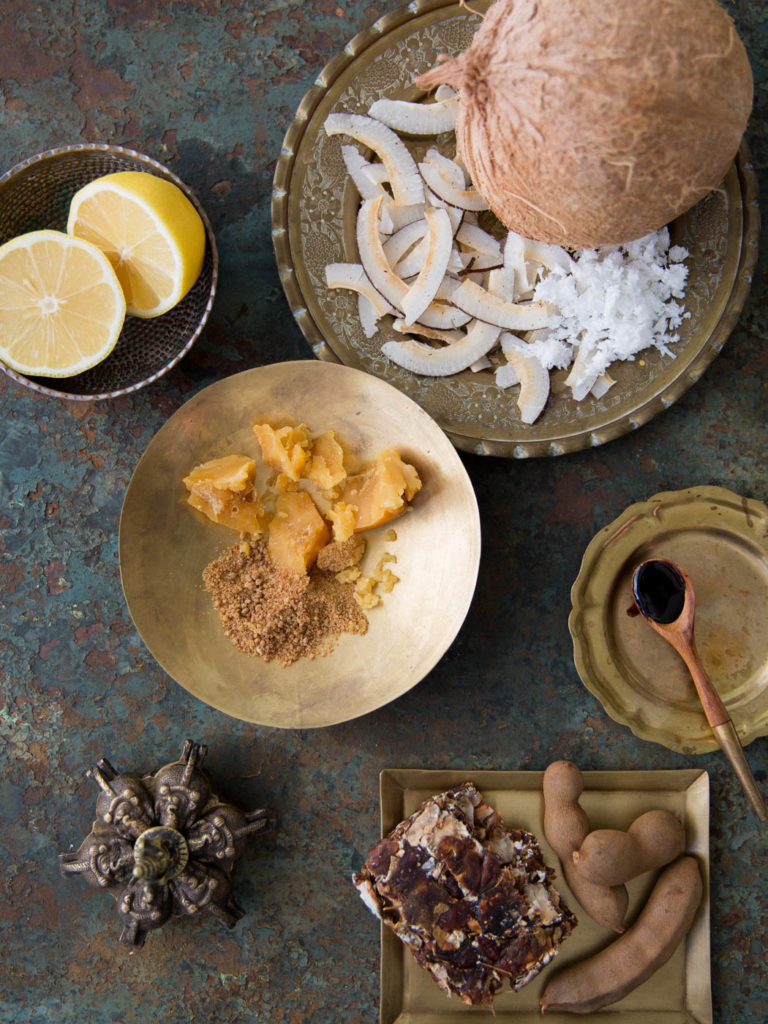
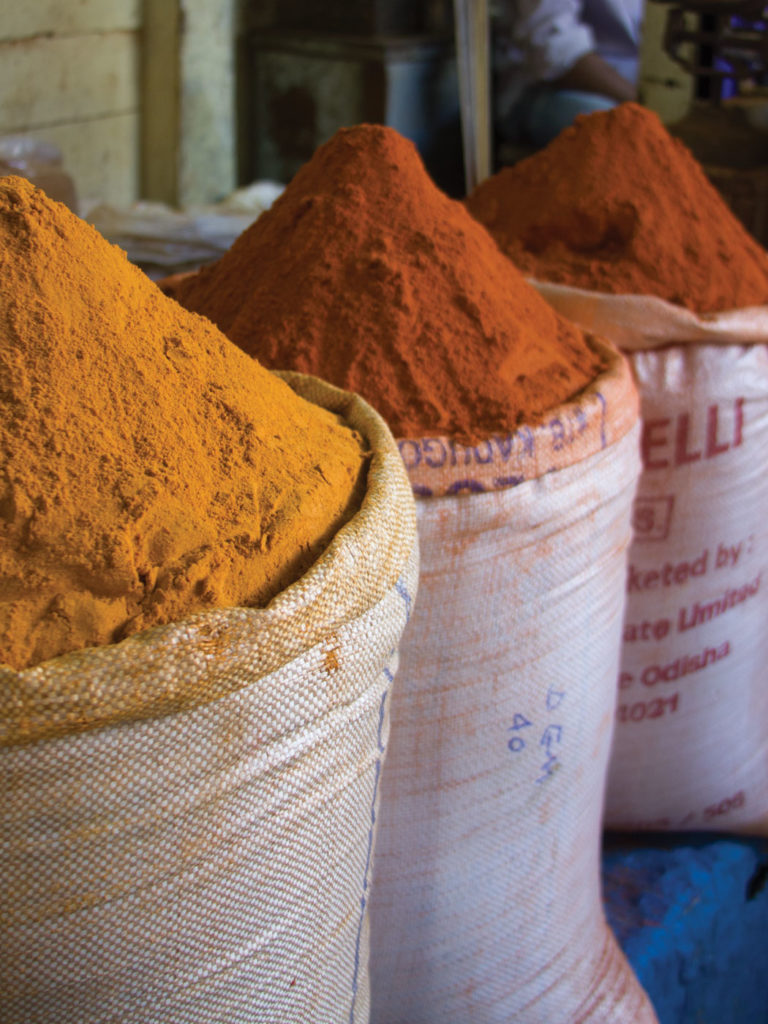
RECIPE
Coconut Rice with Cashews
Serves: 4
Vegan, gluten-free
Ingredients
- 4 cups cooked basmati rice (recipe follows); substitute jasmine rice for the basmati if you prefer*
- 1 cup unsweetened grated coconut (fresh, frozen or dried)
- 2 tbsp. plus ½ tsp. coconut oil
- 2 tbsp. cashews, broken into large pieces
- ½ tsp. black mustard seeds
- Pinch of asafetida (hing) powder
- 1 tsp. urad dal
- 4 or 5 fresh curry leaves
- 1 dried red chile, broken in half
- ½ to ¾ tsp. salt
- ¼ cup pomegranate seeds or fresh red currants (optional)
- Chopped cilantro leaves, for garnish
*Leftover rice also works well in this recipe.
Directions
Spread the cooked rice on a sheet pan to cool completely. Thaw frozen coconut or place dried coconut in a little hot water to plump it up.
Melt ½ tsp. of the coconut oil in a wok or sauté pan over medium heat. Add the cashews to the wok, stirring them until they are fragrant and turn golden brown for a few minutes. Set the cashews aside to cool in a bowl lined with a paper towel.
Coat the bottom of the wok or a large frying pan with the remaining 2 tbsp. of coconut oil and place over medium heat. When melted, add one black mustard seed. When the seed sizzles and pops, add the rest of the mustard seeds and the asafetida. Keep a lid handy to cover the pan while the mustard seeds are popping. When the popping starts to subside (a few seconds), immediately add the urad dal. Stir to coat with oil, and turn the heat to medium-low. Continue to stir the dal so it evenly roasts, until it turns a reddish golden brown and smells nutty, for less than a minute. Rub the curry leaves between your fingers a little to release their natural oils, and drop them and the dried red chile into the oil. Cover immediately, as moisture from the curry leaves will cause the oil to spatter. Then stir to evenly coat everything with oil, for a few seconds.
Stir the cooked rice into the wok, coating it well with the oil and spices. Mix in the coconut and ½ tsp. of the salt. Stir-fry for a few minutes. Mix in the pomegranate seeds and cashews, reserving a few cashews for garnish. Turn off the heat. Taste for salt and adjust if needed. Garnish with the cilantro and reserved cashews before serving.
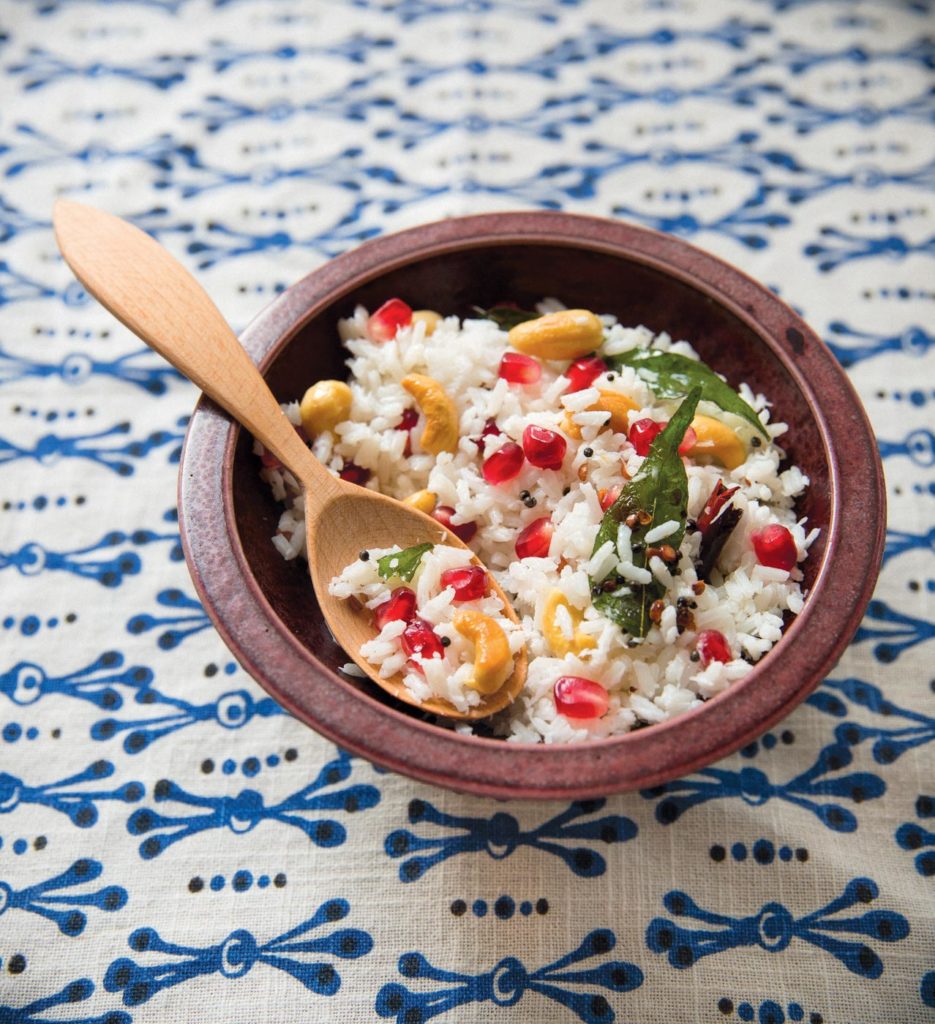
Simple Basmati Rice
Serves: 3 or 4; makes about 4 cups
Vegan, gluten-free
Ingredients
- 1 cup basmati rice, preferably Dehraduni*
- Mix in the turmeric powder, if using.
*Since the Dehraduni variety of basmati rice has a very long grain, it yields about 4 times its dry quantity, but most other varieties of basmati or long-grain jasmine rice yield about 3 times its dry quantity.
Directions
Wash the rice in several changes of water until the water runs clear. Soak the rice in water, generously covered, for at least 30 minutes. Drain thoroughly, using a fine-mesh sieve.
Place the rice and 1 ¾ cups water in a medium saucepan. Mix in the turmeric powder, if using. Place the saucepan over high heat and bring to a boil. Once the water is boiling, cover the saucepan and turn the heat to the lowest setting on your stove.
Cook until the rice is tender and there is no water left in the pan for about 15 minutes. Turn off the heat. Remove the saucepan from the stove and leave it covered for 10 minutes, to allow the grains to separate. Fluff with a fork before serving.
——
Recipe reprinted with permission from Vibrant India: Fresh Vegetarian Recipes from Bangalore to Brooklyn by Chitra Agrawal, copyright © 2017. Published by Ten Speed Press, an imprint of Penguin Random House LLC. Photography by Erin Scott © 2017.





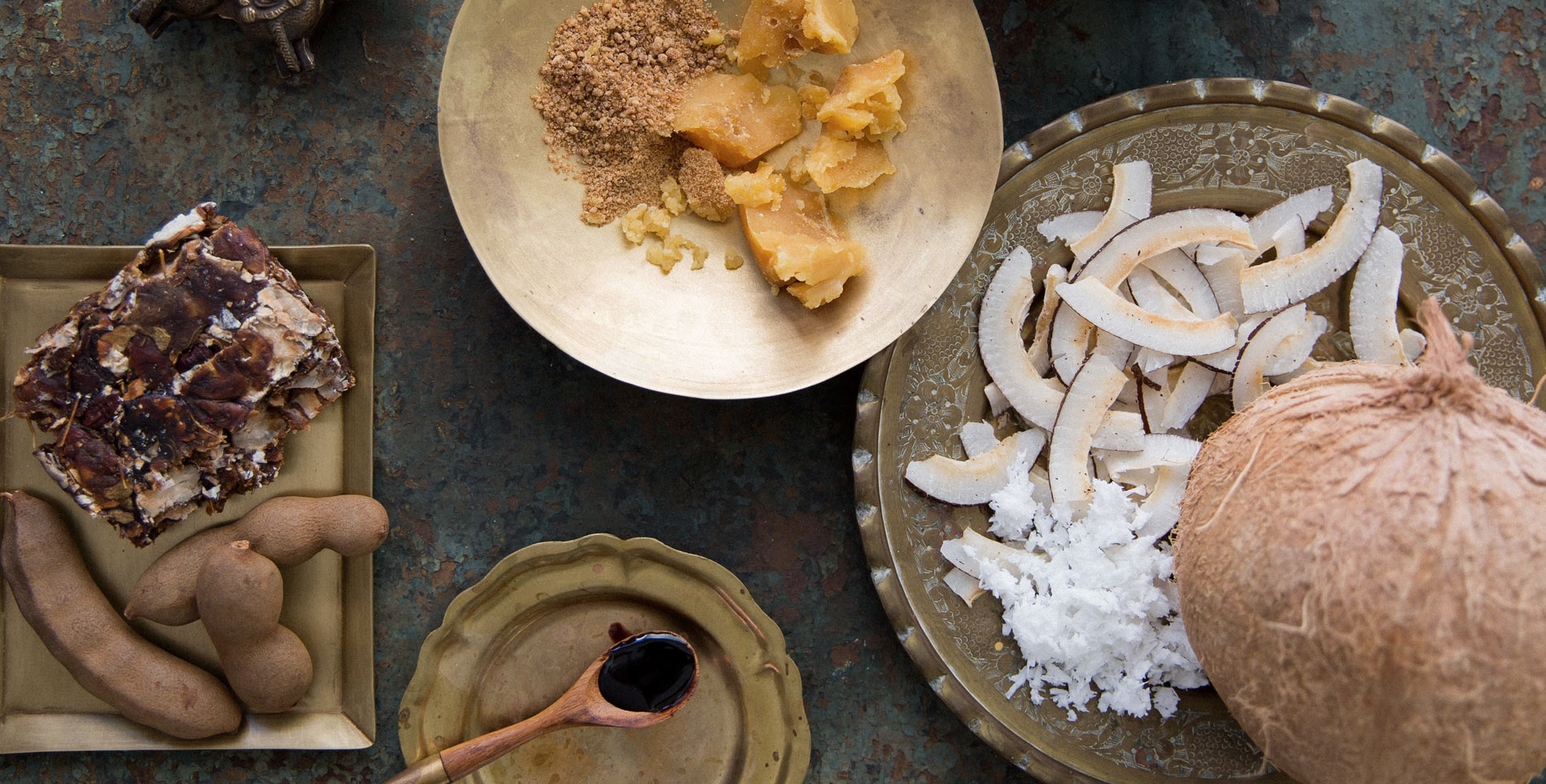

Our comments section is for members only.
Join today to gain exclusive access.